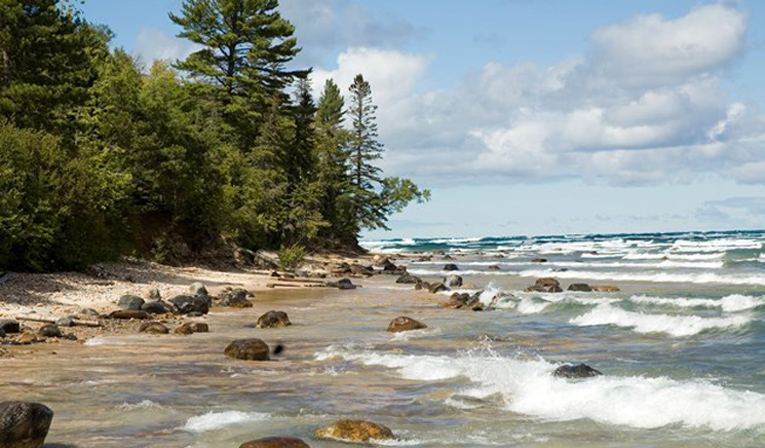
All five of the Great Lakes saw record high water levels last month, according to the U.S. Army Corps of Engineers (USACE). Lake Ontario saw an 18-inch spike from the month prior, Lake Superior a 5-inch rise, Lake Michigan and Lake Huron’s waters rose 9 inches, and Lake Erie saw a 6-inch rise.
Lake Superior, Michigan, Huron and Erie all beat the 1986 high water level records (by between 1 and 6 inches), and Lake Ontario surpassed the 2017 record by three inches.
According to the USACE report, Lake Superior, Michigan and Huron are all expected to continue to rise 2 to 3 more inches, while Lake Erie and Ontario are expected to fall 2 to 4 inches, respectively.
High water levels can cause beach erosion, large waves, submerged marinas and waterfront homes, and flooding. Some objects might be hidden by the high tide as well, so boaters are urged to be cautious. Heavy snowfall and spring rains contributed to the higher water levels.
To learn more and to see more data, visit lre.usace.army.mil/Missions/Great-Lakes-Information.
Photo courtesy of the National Parks Service.


